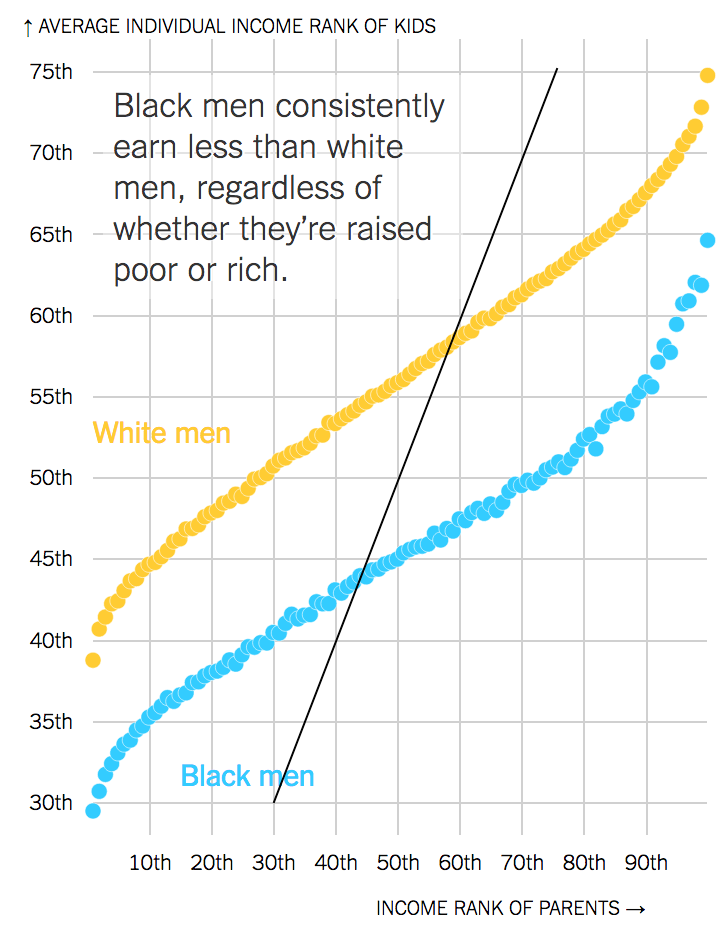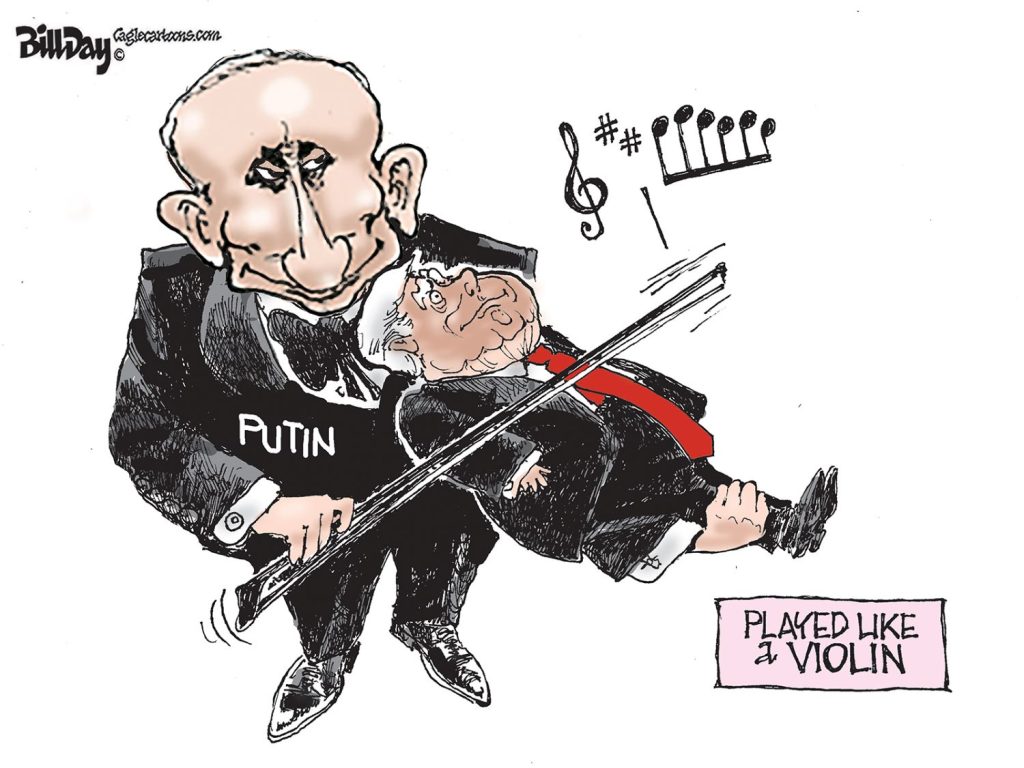With all the high fives on the South Lawn of the White House following the announcement of quarterly economic growth at more than four percent, it was once again a challenge to separate fact from President Trump’s self-hypnosis that this latest incarnation of trickle down economics is actually benefiting individual workers.
It would seem that hitting the four percent mark would be reason enough to celebrate, but once again, Mr. Trump could not pass up the opportunity to misrepresent the facts.
While his announcement is not the direct purpose of this blog post, it’s impossible to ignore that once again Mr. Trump engaged in his blend of hyperbole and lies to convince America that we are witnessing “an economic turnaround of historic proportions” and that “nobody would have even in an optimistic way projected it.”
Of course, President Barack Obama hit four percent or higher four times and exceeded five percent once. As for the “unthinkable” 3.7 million new jobs that Mr. Trump claims to have single-handedly created in his first 17 months, the number is actually 3.2 million jobs, a number which Mr. Obama surpassed in his last 17 months.
Meanwhile, the trillion dollar tax cut is trickling up to the top five percent and to bulging corporate bank accounts. Of the Fortune 500 corporations, 433 have no announced plans to share their tax cuts with employees. Overall, only 4.3 percent of workers will receive a one-time bonus or wage increase tied to the tax cuts, or put another way, companies have spent 37 times more on stock buybacks than on workers’ wages.
The Elusive American Dream
We say all this to make this point: inequality is increasing and the middle class is languishing with 75% of Americans working fulltime living paycheck to paycheck and nearly half do not have $400 readily available.
The American Dream was based on the belief that anyone could move from the bottom fifth in income to the top fifth, but today that is twice as likely to happen in Canada than in the U.S. In the Memphis region, the likelihood of doing it is the lowest of any region in the continental U.S. – slightly less than 3%.
It’s hardly a surprise in such a context that democratic socialism appeals to so many people discouraged by a system that is tilted against them.
Here’s the thing: if the American Dream is becoming more and more out of reach for most Americans, just imagine what it is for African Americans trapped in structural poverty and by institutional racism.
More to the point, if it’s that difficult for the middle class to achieve the American Dream, it is nothing akin to balancing above an abyss for African American men. Breakthrough research has shown that they are much more likely to be denied income mobility than black women, white women, and especially, white men.
It’s Not About Hard Work
Caucasian boys who grow up in the upper fifth are likely to stay that way, but African American boys raised at the top are more likely to become poor than to stay wealthy as adults. Black and white girls raised in families with comparable incomes have comparable incomes as adults. That’s not the case for African American boys.
Put simply, hard work is not enough. For two generations, children were almost guaranteed to earn more money than their parents. In 1940, 90% of children born that year earned more than their parents, but by 1980, it had fallen to 50%.
Stagnation of wages, climbing wage disparities, and failed economic development strategies have contributed to the problem, but it is also strongly influenced by place, particularly one that emphasizes low wages and low skills. Children improve their odds when they move from a low-opportunity area to a higher opportunity area, and research indicates that odds improve if a child just moves to DeSoto County.
The hard truth is that concentrated poverty in more than 70 census tracts did not just happen. It was a choice furthered through “separate but unequal” public policy and racism that kept low-income in areas where the wealth that grew from homeownership would be denied by redlining and investments in amenities, resources, and opportunities were isolated in locations away from them.
Combine these with crime prevention programs like those in Memphis that result in mass incarceration of African American men – Memphis has one of the highest incarceration rates in the U.S. – and the problem of income inequality is deepened into a crisis.
Change The Bromides…And The Policies
There are those who attempt to explain away income inequality between white and black men by saying it is a difference in cognitive ability, but if that were the case, upward mobility would be the same for African American women and men.
Meanwhile, there are some people who say that the disparity is all about class, not race, but definitive research in the past year have blown up that theory, although faced with the proof, people still can’t look racism in the face.
That is especially true here. We pursue magic answer after magic answer. More often, they are isolated strategies than a comprehensive plan built on the acknowledgement that race is the defining factor in determining who wins and who loses in the Memphis economy.
It raises the question of what we would do with our economic development strategies – and EDGE incentives – if decisions were made with fairness for African American men in mind. It also requires investments in neighborhoods so that a person’s zip code is no longer destiny and that neighborhoods are transformed into higher opportunity areas.
The solutions remain to be mapped out for America, but there’s no reason they can’t start in Memphis. It begins by changing the stories too many people tell themselves: people in poverty should pull themselves up by their bootstraps, the American Dream gives every person the chance to get rich, and people in poverty don’t have enough ambition and drive.
If we are to develop real solutions, we have to eliminate the myths that keep us a safe distance from the reality of poverty but also from joining hands to consider solutions that humanize people in poverty in order to create access to good jobs. Now, current economic development policies do little to produce a pathway from low wages to more opportunity and higher income.
A steady focus on the future of African American men should be a priority for Memphis, and these strategies have to be created along with an over-arching plan to shift our regional economy fto a rom a low-wage, low-opportunity higher-wage, higher opportunity economy.
A Full Employment Stagnant Economy
We often turn to University of Memphis economist emeritus David Ciscel’s for context. His recent comments to a blogpost provides it:
“I should weigh in on this topic, since I feel strongly that the ‘low wage’ strategy, that we have used for years, is a bad one. Converting to a high wage/high income economy is not easy. But Memphis has been big in three areas: logistics, retail, and medicals services.
“In each of these industries there has been and still is a lot of turmoil. We do not know where they are going end up. In trade, we have always been strong — both in wholesale and in retail. Not only has the geographic range of trade expanded, but the meaning of trade has completely changed as ecommerce has partially replaced brick and mortar stores.
“Logistics has transformed Memphis a couple of times already, and the sector continues to evolve with AI in airplanes and trucks and robotics in the warehouse. Medical services is, of course, one the fastest evolving sectors in the US. So we are not trapped by the low wages in these three sectors — we are primed to take advantage of the opportunities in these economic sectors.
“Will we take advantage of the potential offered this community — or will Omaha or Louisville be leaders? Time and commitment will tell. I remain much more upbeat that the other comments on Memphis. I really believe that everything is here. We are just not moving it. And, to be honest, we are not sure how to move it. In medicine, we have a huge medical research institute that most cities would kill to have, we have an OK medical university, and a good state research university.
“So why can’t we marshal these institutions to make medical services really take off? I am not sure, but the fundamentals are in place. Memphis is a strange place — we are a full employment stagnant economy. I am baffled, but not downbeat.”
**
Join us at the Smart City Memphis Facebook page for daily articles, reports, and commentaries relevant to Memphis.




Improving African American men’s economic futures? Men? This doesn’t make sense! What about women? What about everybody else?
How about reading the post before you give a kneejerk comment?
The reason that we should especially concentrate on African American men is because when raised in comparable situations, African American women and white women do comparably in adulthood. White men exceed expectations, because of the way the system is rigged for them. But African American men raised in comparable situations decline in income. As the blog post said, even if raised in wealth, they have greater likelihood of ending up poorer.
Now, would you read the post?
Flawed logic. Not credible.
It’s not logic. It’s proven research by multiple researchers.
this is so important to the survival of our city and its citizens and should be a huge focus of our local government and business leaders. do you know of any local group trying to tackle this?
my post above – was not intending to be anonymous